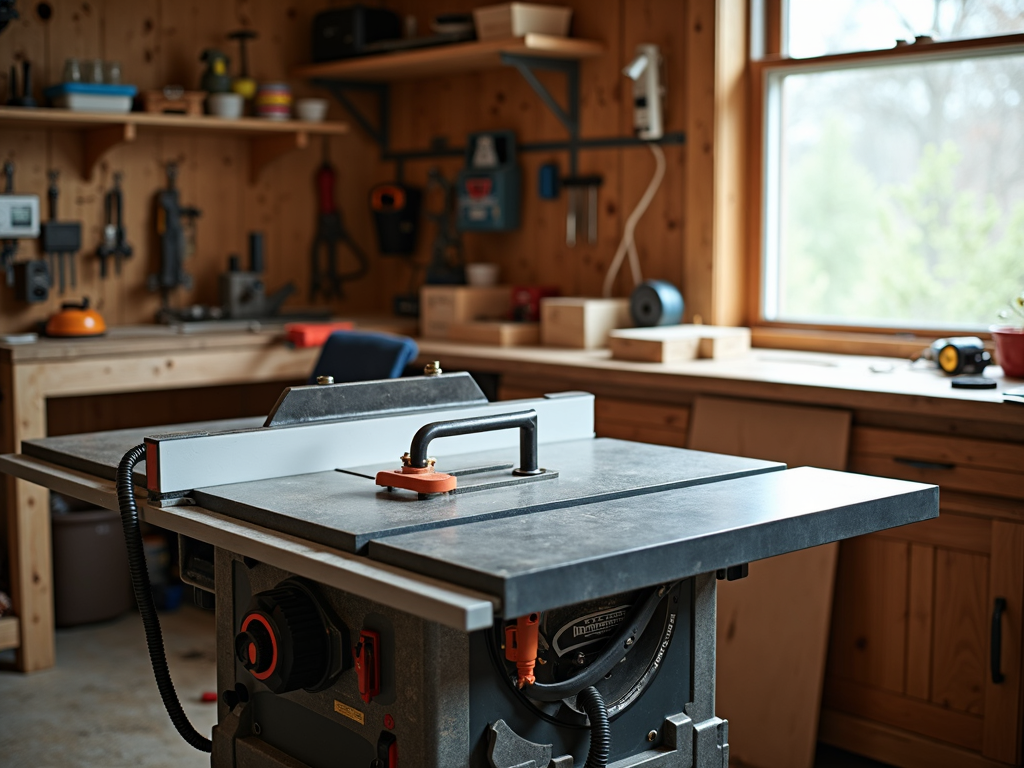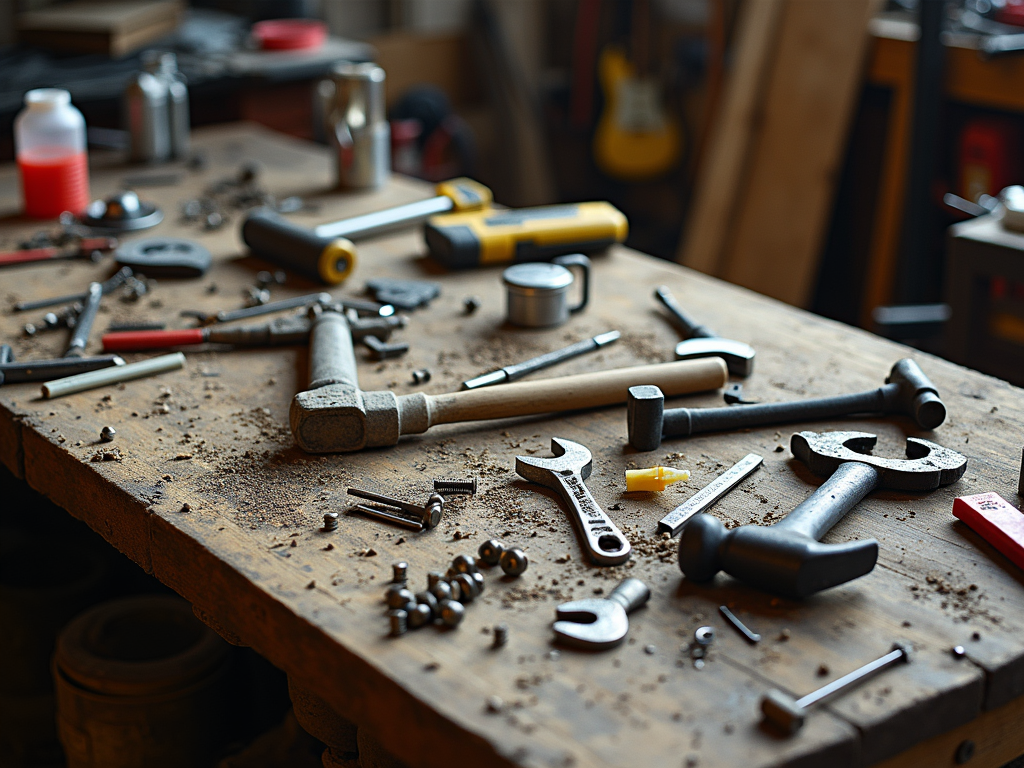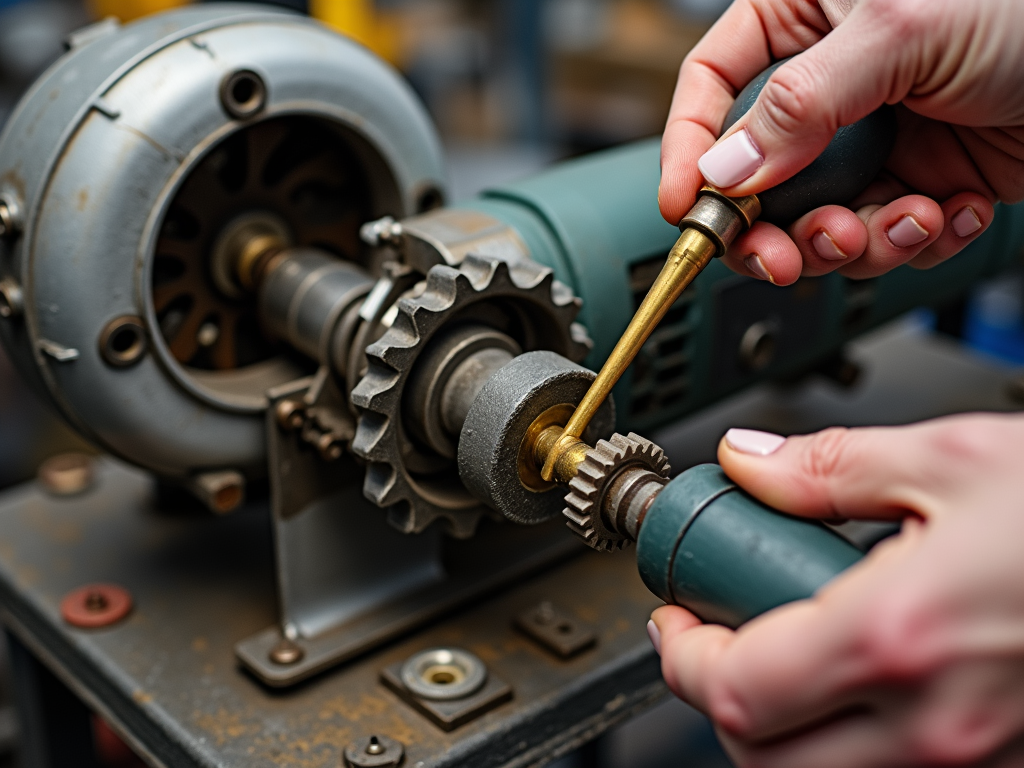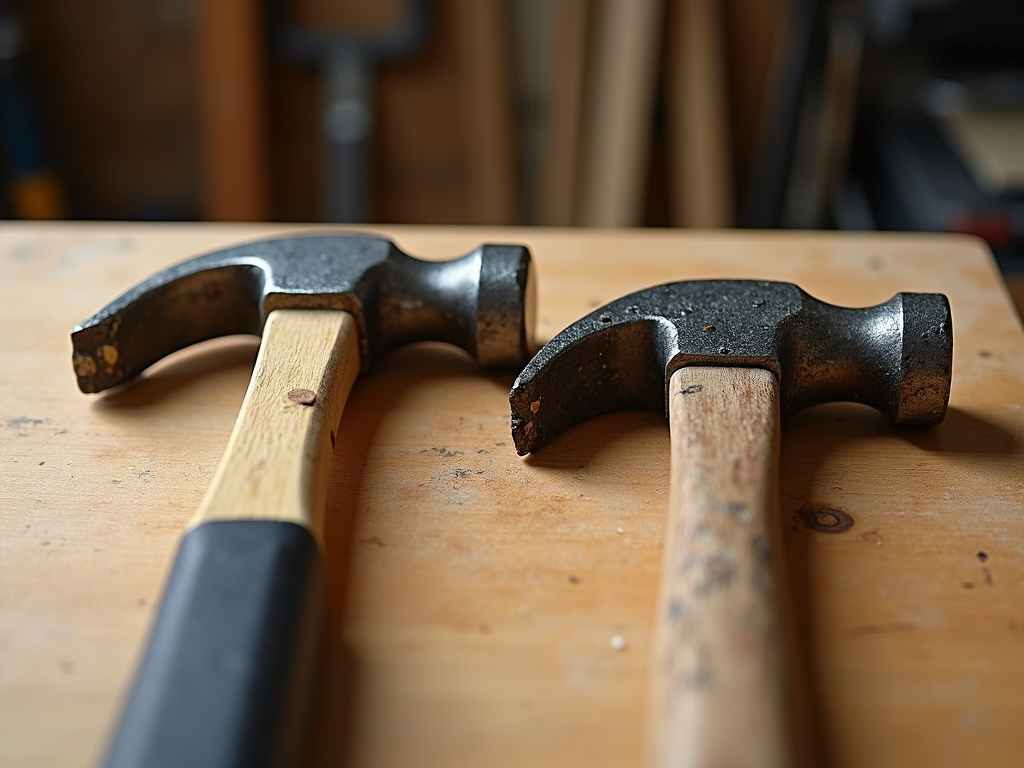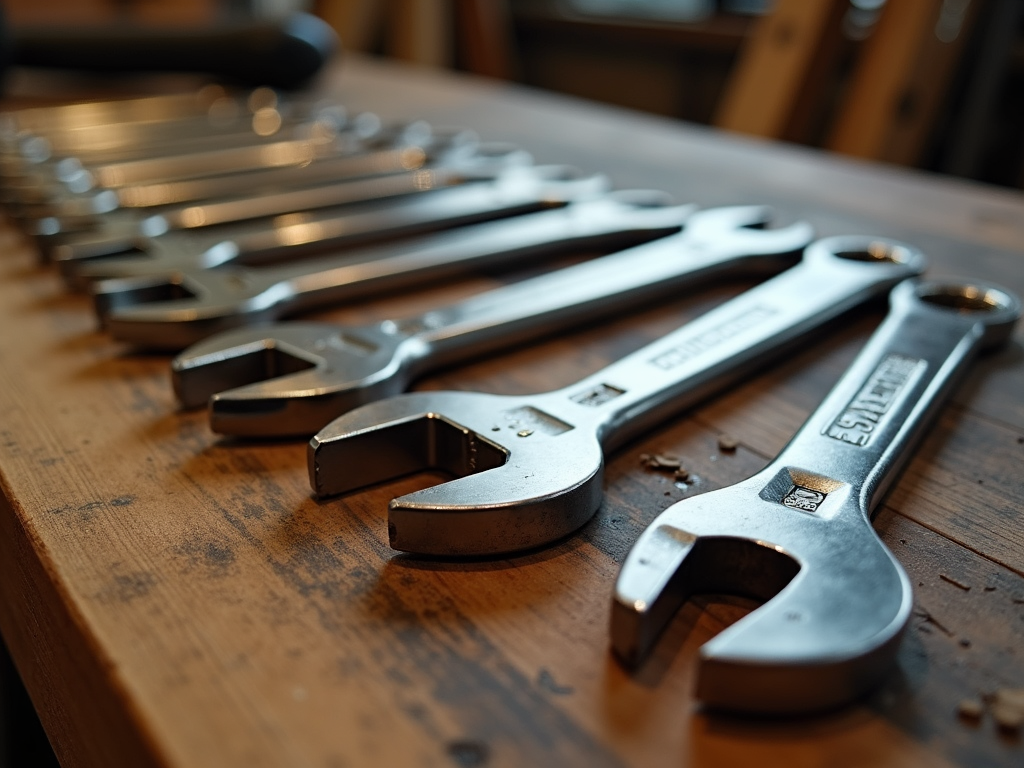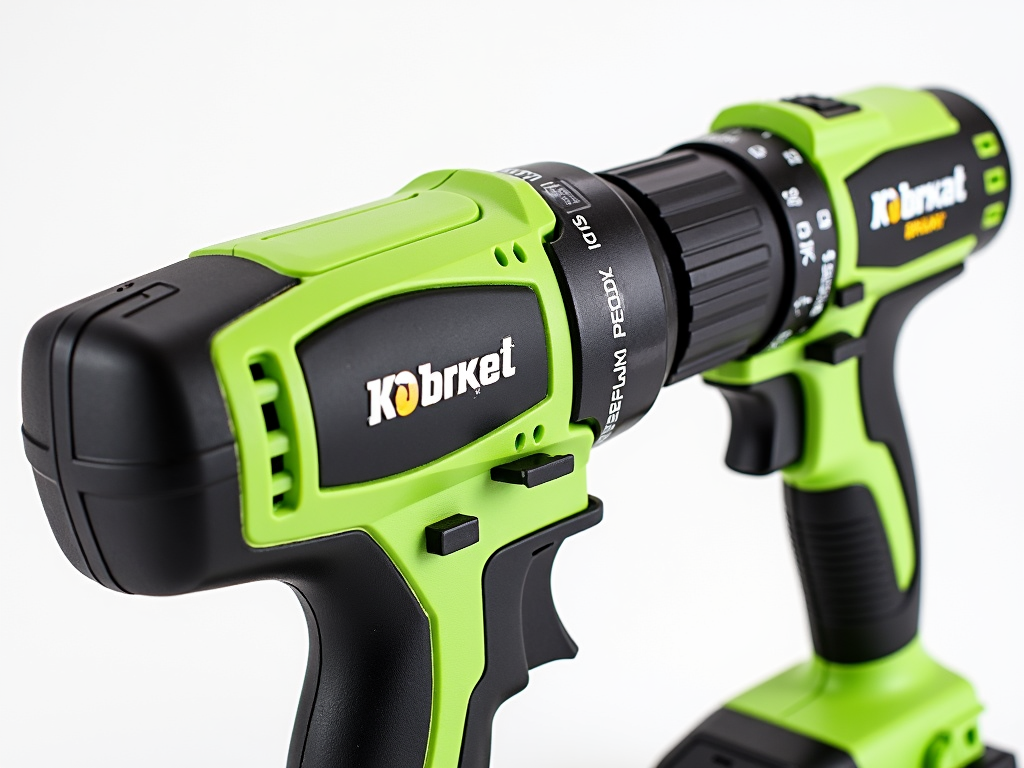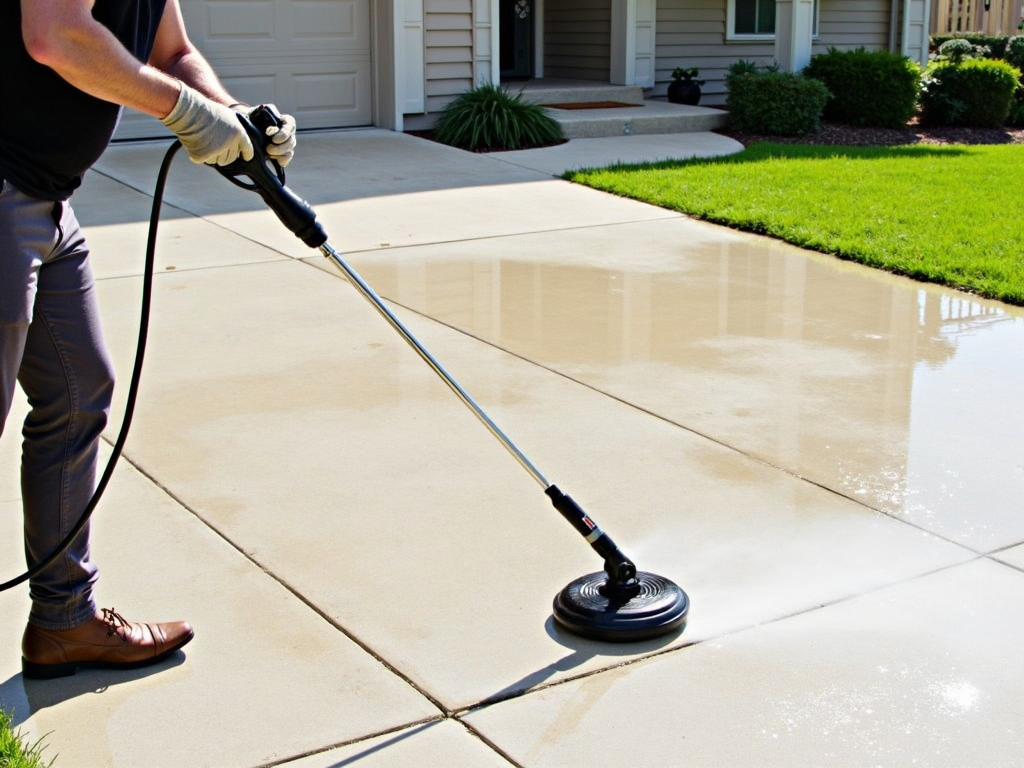Ready to set up your own home workshop? This beginner’s guide to power tools for home workshops is here to help. We’ll cover the essentials, like table saws and drills, and share simple safety tips to get you started on your DIY projects with confidence.
Why Power Tools Matter in Your Workshop
Power tools make DIY projects faster and easier. They cut, drill, and sand with precision that hand tools can’t match. I remember my first project—a wobbly shelf that took hours with a manual saw. Once I switched to power tools, everything changed. This guide will show you the basics so you can skip the struggle and start building.
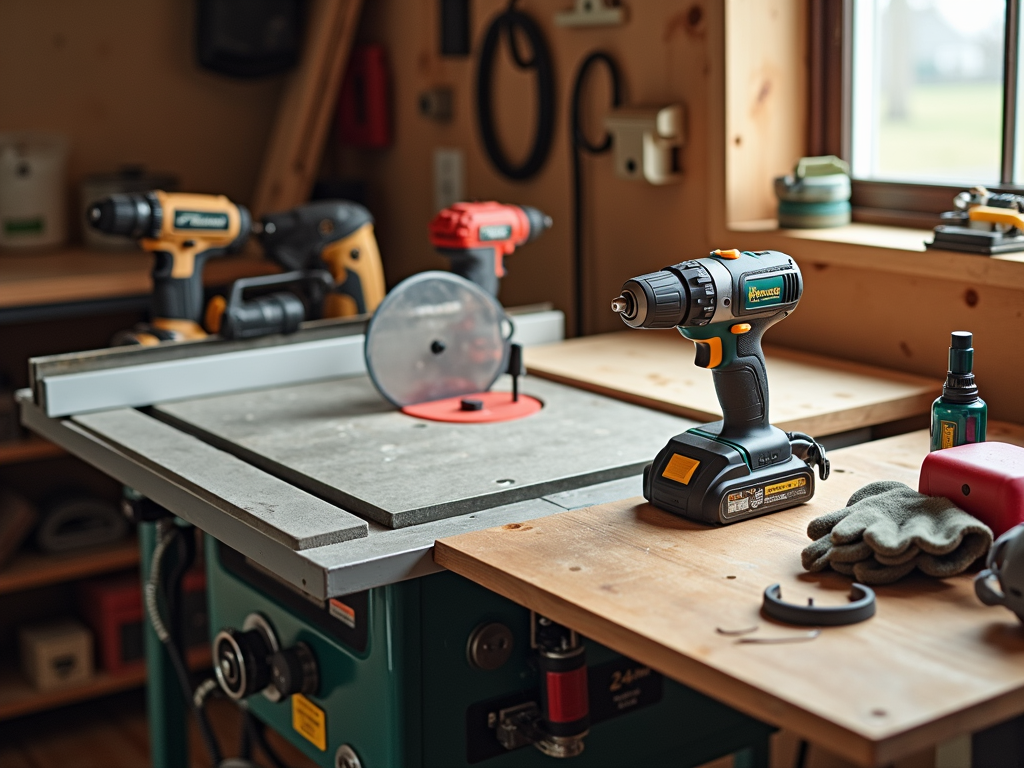
Table Saws: The Heart of Woodworking
Table saws are a game-changer for cutting wood straight and fast. They’re perfect for beginners tackling projects like shelves or tables. I started with a basic model and quickly learned its value. Look for table saws with advanced safety mechanisms—like blade guards or kickback protection—to keep you safe while you learn.
Must-Have Power Tools for Beginners
Here’s a rundown of tools every home workshop needs:
- Drill: A cordless drill makes holes and drives screws easily. I use mine for everything from furniture to wall mounts.
- Circular Saw: Great for big cuts when a table saw won’t fit.
- Jigsaw: Cuts curves and shapes—perfect for creative projects.
- Sander: Smooths wood in minutes. My random orbital sander saved my first table from looking rough.
- Router: Adds fancy edges or grooves to wood.
Start with these, and you’ll handle most beginner tasks.
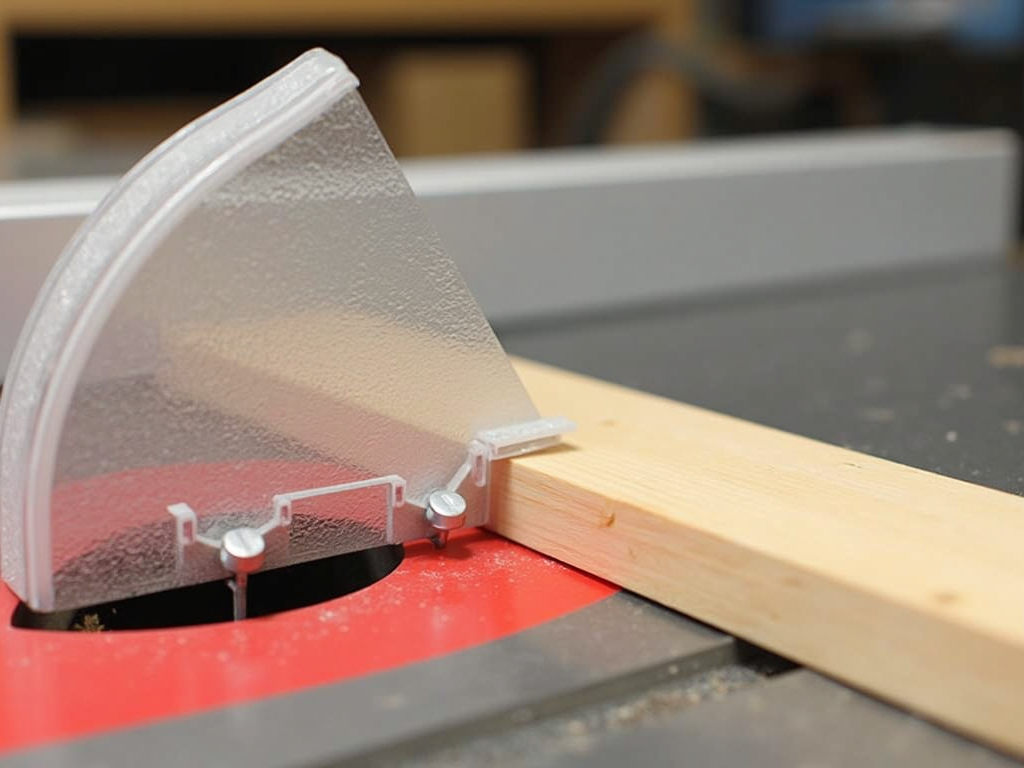
Safety Tips You Can’t Skip
Safety comes first with power tools. I learned this the hard way when sawdust got in my eyes—no goggles, big mistake. Here’s what to do:
- Wear Gear: Goggles, ear protection, and a dust mask are musts.
- Read Up: Check the manual for each tool’s rules.
- Stay Tidy: A messy bench caused me to trip once—keep it clear.
- Use Right: Don’t force a tool to do something it’s not meant for.
- Unplug It: Disconnect power when you’re done or switching parts.
Picking a Beginner-Friendly Table Saw
Not all table saws are the same. For newbies, go for a portable or contractor model. They’re light and easy to move. I started with one that had a riving knife—it stops the wood from pinching the blade. Table saws with advanced safety mechanisms, like flesh-detection tech, are pricier but worth it. They stop the blade if you get too close, which gave me peace of mind.
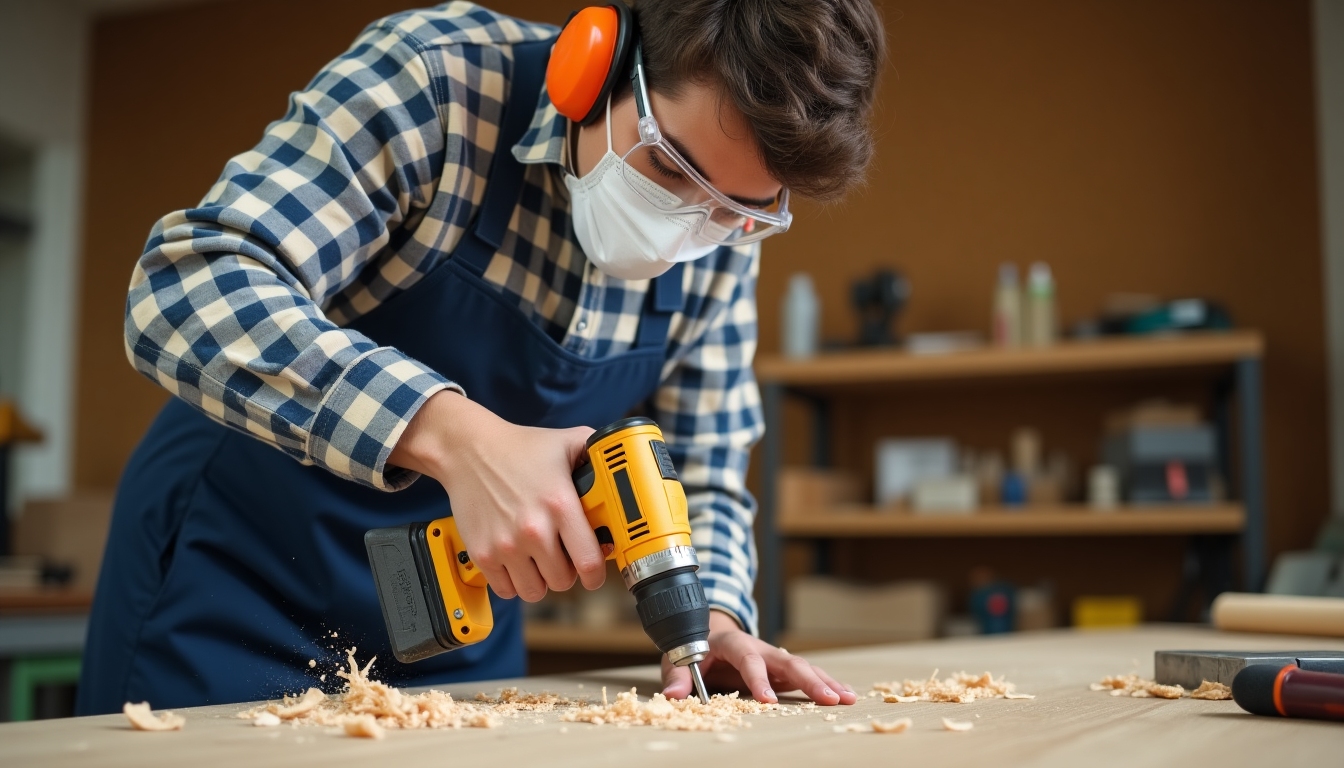
High-Tech Safety in Table Saws
Some modern table saws have cool features. Flesh-detection tech stops the blade in milliseconds if it senses skin. I saw a demo once, and it blew my mind—saved a hot dog from getting sliced! It’s not cheap, but for beginners, it’s a safety net while you build skills.
Keep Your Tools in Shape
Taking care of power tools keeps them safe and working well. After my drill started smoking from dust buildup, I got serious about this:
- Clean Them: Wipe off dust after every use.
- Sharpen Up: Dull blades mess up cuts—sharpen or replace them.
- Check Damage: Look for worn cords or loose bits.
- Store Smart: Keep them dry and safe from rust.

Mistakes I Made (So You Don’t Have To)
Beginners mess up—it’s part of learning. Here’s what I did wrong:
- Skipped Measuring: Cut a board too short once. Measure twice, always.
- Ignored Safety: Removed a blade guard—dumb move. Keep them on.
- Rushed It: Hurrying led to crooked cuts. Slow down.
- Wrong Tool: Used a jigsaw for a straight cut. Match the tool to the job.
Your First Project: A Bookshelf
Try a simple bookshelf to test your tools. Here’s how:
- Plan It: Draw your design with sizes.
- Cut Wood: Use your table saw—double-check measurements.
- Assemble: Drill screws to connect pieces.
- Finish: Sand it smooth and paint or stain.
My first shelf leaned a bit, but it held books. You’ll get better each time.

Extra Tips from Experience
Start small—don’t jump into huge projects. I tried building a bed frame first and ended up with a pile of crooked wood. Watch videos online too; seeing someone use a tool helps. Sites like Popular Woodworking have great beginner advice.
Wrapping Up Your Power Tool Journey
This beginner’s guide to power tools for home workshops gives you the basics to start strong. Table saws with advanced safety mechanisms, drills, and sanders can transform your DIY game. Focus on safety, take it slow, and maintain your tools. Soon, you’ll be proud of what you build. Want more? Check the recommended readings below!
Related A Beginner's Guide to Power Tools for Home Workshops:
- How to Pick the Perfect Table Saw: A Beginner's Guide
- The Complete Beginner’s Guide to Home Wiring
- Why Upskilling Matters in Automated Factories
- Organizing Your Workbench for Maximum Efficiency: A Comprehensive Guide
- How to Keep Your Power Tools Running Strong
- Keep Your Power Tools Running Strong: The Ultimate Guide to DIY Tools Maintenance
- Choosing the Right Tools for Your Construction Project
- Top-Quality Workman Tools for Contractors: A Comprehensive Guide
- Must-Have Electrical Tools for DIY Enthusiasts: A Comprehensive Guide
- Revolutionizing DIY: How Black & Decker's Cordless Innovations Transformed Power Tools
- Choosing the Right Plumbing Tools for Your Home: A Comprehensive Guide
- Power Washer Accessories for Better Cleaning: Enhance Your Cleaning Game
